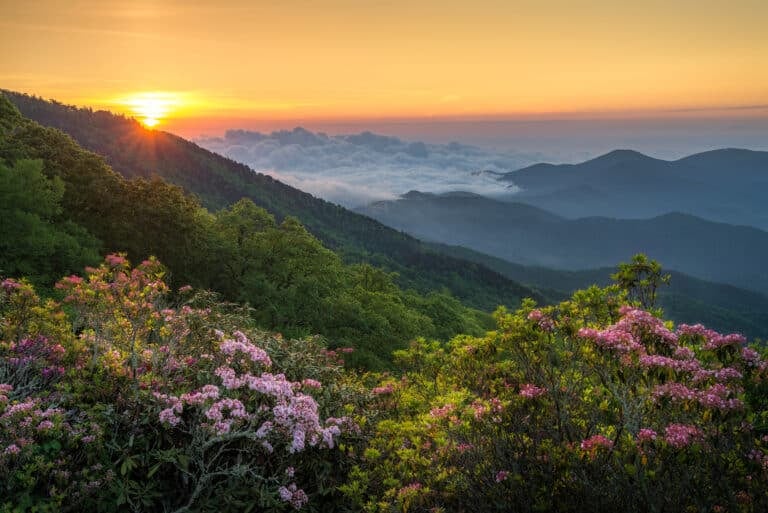On October 18, 1929, just days before the stock market crash, Thomas Wolfe published his monumental novel, Look Homeward, Angel, unveiling the machinations behind small town life in western North Carolina. It took Wolfe several years to return to his Asheville hometown, and when he finally took his first glimpse of the Blue Ridge in 1937, he was stunned at what had occurred in his absence: “A huge compulsive greed had been at work… Something had come into the wilderness and left the land barren.”
Nearly eight decades and another Wall Street crash later, acclaimed North Carolina author Ron Rash has returned to the scene of Wolfe’s envisioned crimes with his fourth novel, Serena (HarperEcco), a harrowing tour de force that might be the most timely and dangerous novel released this fall.
Set in that epic year of 1929, Serena chronicles the volatile times and unfettered greed behind the corporate plunder of our natural resources. Instead of drill, baby, drill, the saw rings through the virgin forests of the Blue Ridge to the tune of cut, baby, cut. And at the center of the novel is the beguiling Serena herself, a contemptuous young sun-bronzed western “gal,” who turns men into smitten schoolboys with her gun-toting hunting prowess and unabashed ambition for power. Sound familiar?
Recounting the rise and fall of a Boston timber company intent on cutting any tree and competitor in its way with the murderous panache of illegal loggers in Brazil and Russia today, Serena takes place against the backdrop of an emerging environmental movement led by author Horace Kephart and his mission to create the Great Smoky Mountains National Park in the 1930s.
Author of several acclaimed collections of poetry and fiction, Rash has gone beyond any Southern gothic tale to weave a complex and riveting portrait in the tradition of Gabriel García Márquez and his classic, Chronicle of a Death Foretold.
As unforgettable as a haunting mountain ballad, Serena unfolds like a brilliantly conceived cautionary tale and meditation on the dark corners of unbridled lust to profit at any cost. Caught between the competing interests of corporations and the federal government, of course, are the Appalachian mountaineers, whose land-based traditions and ways of life are seemingly stripped away with each felling of timber.
A Greek chorus of sawyers banters throughout the novel in the rich language and mythos rooted in Cormac McCarthy’s early east Tennessee work. Viewing their company’s destruction of the hills and streams, resembling the “skinned hide of some huge animal,” one mountaineer and World War I veteran declares: “Looks like that land over in France once them in charge let us quit fighting. Got the same feeling about it, too.”
“For a few moments no one spoke. A flock of goldfinches flew into view, their feathers bright against the valley’s floor as they winged southward. They swooped low and the flock contracted, perhaps in memory. For a few seconds they appeared suspended there, then the flock expanded like gold cloth unraveling. They circled the valley once before disappearing over Shanty Mountain, their passage through the charred valley as ephemeral as a candle flame waved over an abyss.”
Looking back on her own influences, author Dorothy Allison once recalled the importance of Toni Morrison and her novel, The Bluest Eye. “The novel gave me the idea that telling dangerous stories,” Allison said, “was the thing I needed to do. And that it could be beautiful in the telling.”








